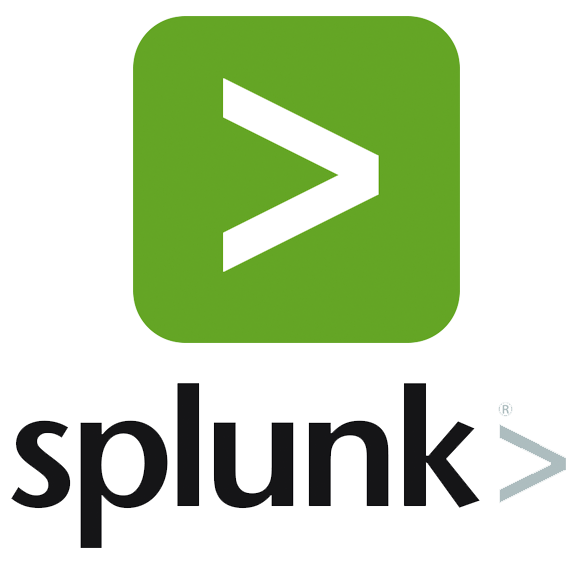
- Splunk universal forwarder icon full#
- Splunk universal forwarder icon download#
- Splunk universal forwarder icon free#
The universal forwarder is a dedicated, streamlined version of Splunk Enterprise that contains only the essential components needed to forward data. The universal forwarder is the best option when it comes to forwarding data to Indexers. (The most common configuration for the universal forwarder.) When to use a universal forwarder
Splunk universal forwarder icon free#
The current version of Splunk Universal Forwarder is free to download, as are previous versions. Tagging metadata (source, source type and host).So, what can you do with universal forwarders? Capabilities include: How a universal forwarder worksĪ universal forwarder collects data from a variety of places - whether data sources or other forwarders - and then sends it to a forwarder or a Splunk deployment. Let’s now turn to the universal forwarder, as it’s the primary way to send data into your Splunk Cloud Platform or Splunk Enterprise instance. Deprecated as of Splunk Enterprise version 6.0, the light forwarder is replaced by the universal forwarder for almost all purposes.
Splunk universal forwarder icon full#
A light forwarder is also a full Splunk Enterprise instance, with even more features disabled to achieve as small a resource footprint as possible.Certain features from a full Splunk Enterprise instance are disabled in order to reduce system resource use. A heavy forwarder is a full Splunk Enterprise instance that can index, search, change and forward data.In general, it is the best tool for sending data to indexers. A universal forwarder contains only the components required for forwarding data, nothing more, nothing less.Splunk Enterprise has three types of forwarders: A third-party system (heavy forwaders only).Types of forwarders in SplunkĪ forwarder is any Splunk Enterprise instance that forwards data to another Splunk Enterprise instance, such as: The universal forwarder is the most common way. Actually, there are four ways to get data in. OK, so Splunk can handle all your data - but how do you get it into Splunk? That’s where forwarders come in. Specifically, the Splunk platform, whether Splunk Cloud Platform or with Splunk Enterprise on-premises or cloud-deployed, can index and monitor all IT data, including streaming, machine and historical data. Wondering what kind of data you can index in Splunk? The short answer is any kind. The story of universal forwarders starts with a simple purpose: getting data into Splunk. Getting data into Splunk Cloud Platform & Splunk Enterprise You can check out Splexicon, the Splunk Glossary, for definitions and clarifications.

As you go through this tutorial, some lingo might be new to you.

Review the (very detailed) Splunk Universal Forwarder Manualįor more info, keep reading for a full explanation on universal forwarders.
Splunk universal forwarder icon download#
Download the current version of Universal Forwarder.

Importantly, we’ll point you to the very best tips, tricks and resources on using universal forwarders (and other ways) to get data into Splunk.ĭownload Universal Forwarder Now (FREE) > Quick links Curious about Splunk® Universal Forwarders? This article will sum up what they are, why to use them and how the universal forwarder works.


 0 kommentar(er)
0 kommentar(er)
